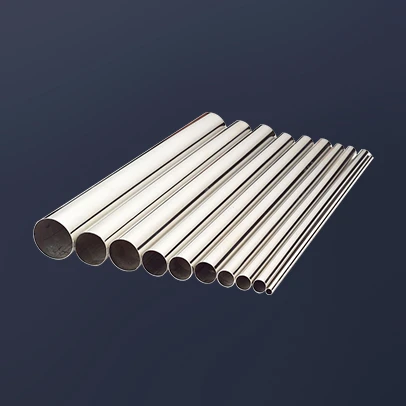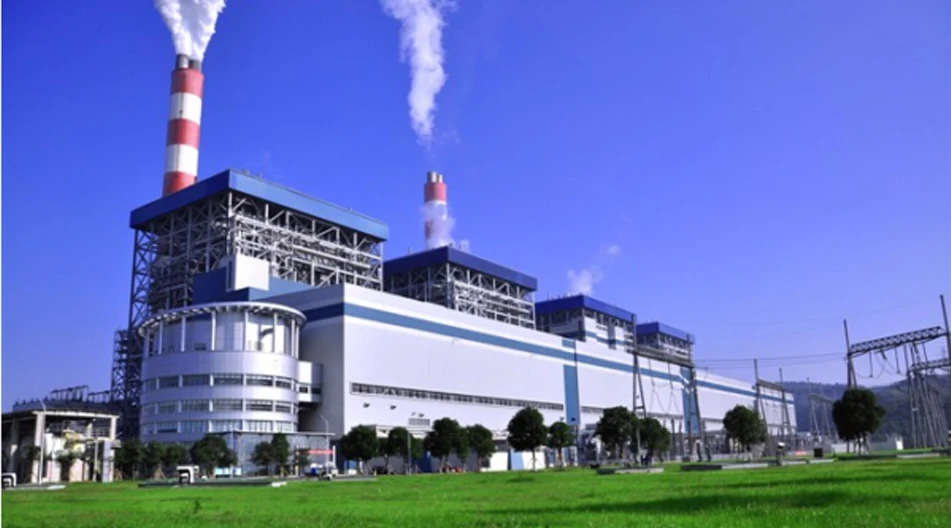Feb . 14, 2025 05:53
Choosing the right valve for your industrial applications is crucial for ensuring system efficiency, reliability, and longevity. One often-overlooked yet critical component is the wafer type butterfly valve. This article provides an in-depth exploration into the specifications of wafer type butterfly valves, emphasizing their unique attributes, application benefits, and what makes them indispensable in various industries.

The wafer type butterfly valve is a lightweight, cost-effective, and compact shut-off valve designed to regulate fluid flow. Unlike traditional valves that require more space and weight considerations, the wafer type's streamlined design allows for simple installation between pipe flanges. Typically, these valves are secured using bolts that cross both the valve and the flanges on either side, often requiring fewer bolts than their lug-style counterparts. This not only saves on material costs but also reduces installation time, an advantage in fast-paced industrial environments.
From an engineering perspective, understanding the material composition of wafer type butterfly valves is essential. The body of the valve is typically constructed from robust metals such as stainless steel, cast iron, or aluminum. These materials are selected for their ability to withstand diverse operational environments, including high temperatures and corrosive substances. Moreover, the disc, another crucial component, is frequently made from stainless steel or coated with anti-corrosive materials to enhance durability and performance efficiency.

The versatility of wafer type butterfly valves is further exhibited in their seat material options. They commonly feature elastomeric seats, such as EPDM or Viton, which offer excellent sealing properties and adaptability to temperature fluctuations. The seat is essential for preventing leaks, ensuring that the valve delivers precise control under varying pressures and fluid types.
For experts seeking performance optimization, understanding the pressure rating of these valves is non-negotiable. Wafer type butterfly valves usually support a pressure range from PN 6 to PN 25 or ANSI 150 to 300, making them suitable for moderate to high-pressure applications. This adaptability is crucial for industries like water treatment, chemical processing, and petrochemicals, where maintaining stringent pressure levels is critical.
Flow characteristics are another key specification area. Butterfly valves generally provide linear, equal percentage, or on-off flow control. Their ability to offer a fast and reliable sealing mechanism makes them an excellent choice for emergency shut-off systems or rapid response situations where time is of the essence. The disc’s actuation – typically manual, pneumatic, or electric – further enhances operational flexibility, offering precise control that is easily adjustable to specific application needs.
wafer type butterfly valve specification
Additionally, the wafer design's compact nature minimizes fluid flow obstruction, which translates to reduced pressure drops and increased energy efficiency across systems. Such benefits not only contribute to sustainable operation practices but also result in cost savings, aligning with modern industry trends focusing on economic and environmental sustainability.
In regulatory environments where safety and compliance are critical, selecting wafer type butterfly valves that adhere to industry standards is paramount. Many manufacturers ensure their valves meet ISO, API, or ASME specifications, providing assurance of quality and reliability. This conformity not only facilitates smoother statutory compliance but also instills confidence in stakeholders regarding operational safety and investment protection.
Furthermore, significant advancements in smart valve technology have made it possible to integrate wafer type butterfly valves into automated systems. These smart valves, equipped with sensors and controllers, provide real-time performance data, facilitating predictive maintenance and reducing downtime. This technological integration embodies the modern approach to industrial process control, promoting enhanced efficiency and operational insight.
Taking into account user experiences, industry professionals consistently commend the easy maintenance and long lifecycle associated with wafer type butterfly valves. Their straightforward construction means fewer moving parts susceptible to wear and tear, translating into extended service intervals and minimal maintenance disruptions. Thus, they represent an optimal choice for facilities aiming for high reliability and uptime.
Ultimately, wafer type butterfly valves stand as a testament to innovative engineering, combining simplicity with performance excellence. Their unique specifications cater to a broad spectrum of industrial applications, fostering a balance of efficiency, cost-effectiveness, and functionality. By fully understanding their specifications and capabilities, industry professionals can enhance system performance, proving once again that choosing the right valve can make a significant difference in operational success.


 Call us on:
+86-311-86935302
+86-311-86935302
Call us on:
+86-311-86935302
+86-311-86935302
 Email Us:
info@thriveonvalve.com
Email Us:
info@thriveonvalve.com South of Huanmadian Village Town, Ningjin County, Xingtai, Hebei Province, China
South of Huanmadian Village Town, Ningjin County, Xingtai, Hebei Province, China